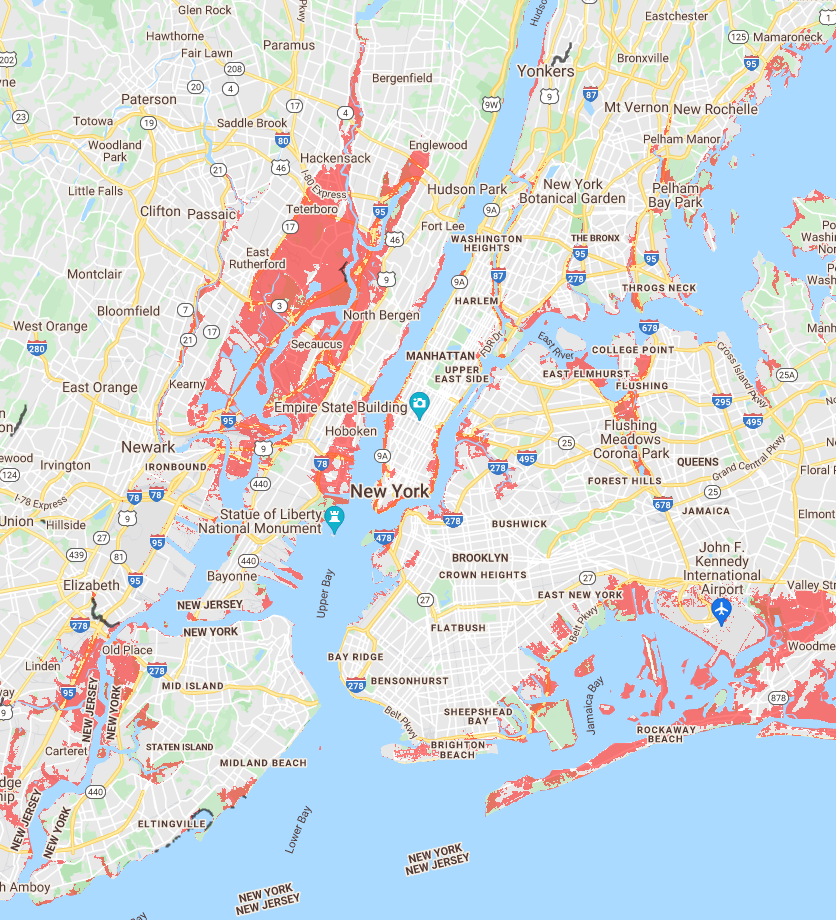Silvopasture: Happier Animals, Happier Ecosystem!
Pictured here are two groups of relatively similar cattle who are experiencing drastically different living situations. Briefly imagine life as one of the cows pictured here—where would you rather be living? If you are a beef-consuming individual, which of these sets of cows would you rather eat, or drink milk …

